I started a Half-Life 2 replay recently because — gestures at the release calendar — what else was I supposed to play in January? Valve‘s 2004 shooter is a favorite of mine, though I came to it late, first picking the series up in 2019 after Half-Life: Alyx‘s trailer dropped. When I did finally get around to it, though, HL2 instantly catapulted into my all-time top five.
It has action. It has an engrossing story told remarkably well. It has a beautiful, but desolate, setting. And at the heart of its narrative is a core duo you become quite attached to by the time credits roll. In many ways, it was The Last of Us nine years before The Last of Us existed.
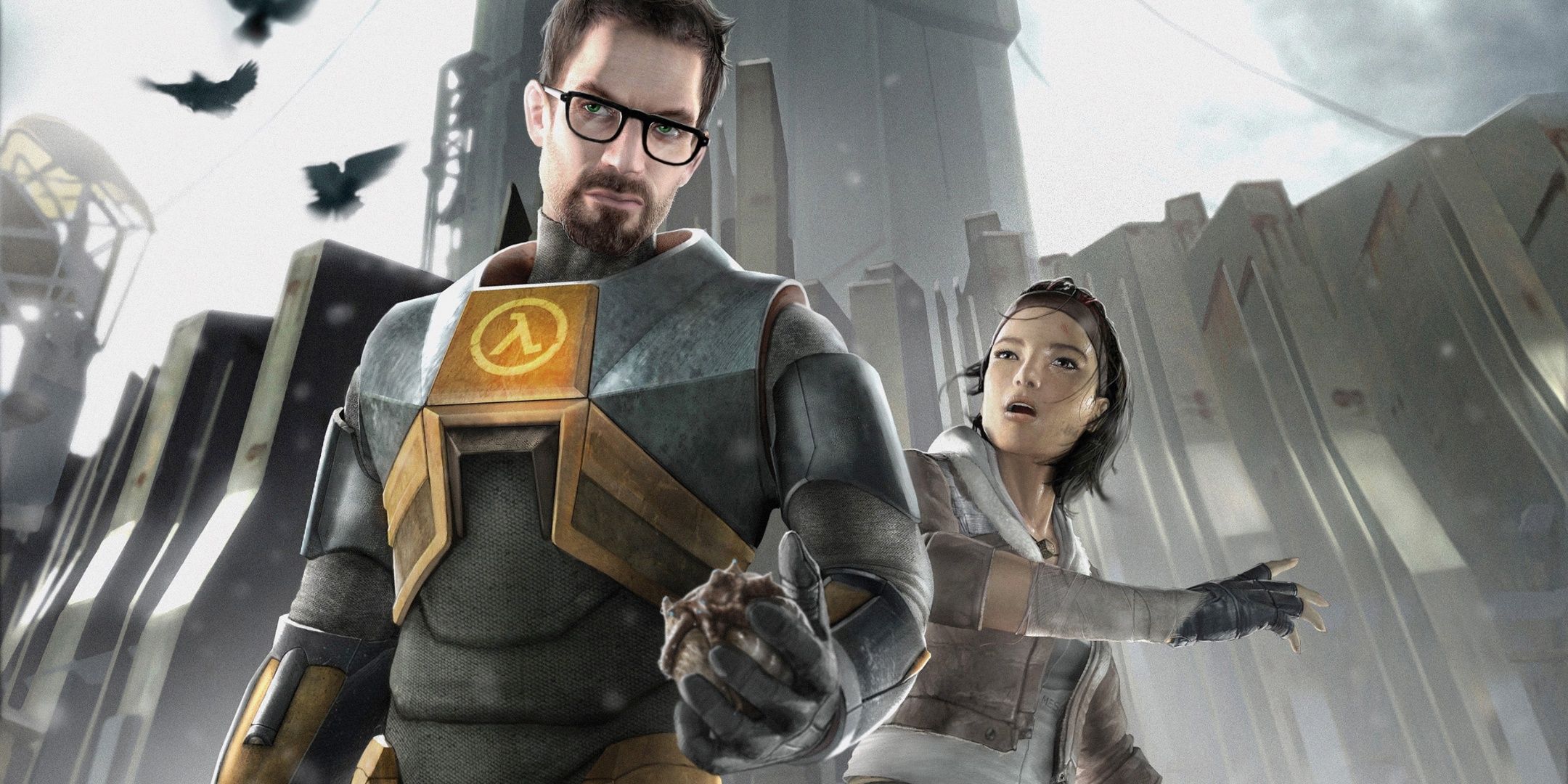
Related
Half-Life 2: Episode Three Wouldn’t Have Been Worth The Wait
Valve has confirmed why Half-Life 2 went silent all those years ago.
This realization came to me during the initial trek through City 17 in the game’s opening hour. The alien military-occupied metropolis is remarkably similar to The Last of Us’ human military-occupied Boston. Both cities are grim and overcast, and your route through each is dictated by the soldiers blocking off the streets. Both segments build to a violent climax, too, as Half-Life 2’s opener ends with the Combine discovering Gordon’s presence and sending a ton of armed goons (plus helicopters) at him, and The Last of Us’ scene on the Boston streets ends with a military checkpoint getting blown up by the Fireflies.
A Grim World Elevated By Humanity
These levels are one part of a whole, and contribute to the feeling of grim danger shot throughout both works. Whether it’s humans or aliens, zombies or headcrab zombies, the world is oppressive and dangerous in these games. And yet, both are suffused with humor. Whether it’s Ellie making Joel stammer with a joke about Bill’s erotic magazine, or Alyx repeatedly asking what exactly happened to the cat they used to test the teleportation device, these are games that fill their dystopian settings with life.
Alyx is a clear forebear to Ellie, too, and over the course of Half-Life 2’s levels, she went from a passive observer of Gordon’s heroics to an active participant in combat. When Naughty Dog made The Last of Us, they were building on the same foundation, and creating a more robust companion character. Good writing helps to endear both characters to you and even though Gordon is a silent protagonist, the relationships are key to both games working.
But the similarities go deeper than just one level. First-person shooters can be divided pretty neatly into pre-Half-Life and post-Half-Life. Before Half-Life, story was less likely to be prioritized, as were settings that attempted to portray a real place. Doom and Wolfenstein are mostly made up of hallways and arenas with little relation to real spaces. They’re arranged according to the level’s gameplay needs, not with any eye to verisimilitude or architectural coherence. That’s fine, and those games are great, but Half-Life told a compelling story in a believable setting, and changed the path for shooters forever.
The Last Of Us Carries Half-Life’s Torch
The Last of Us is a clear descendant of that fusion of action, realism, and storytelling. It isn’t an FPS but, in the early 2010s, third-person action-adventures surpassed first-person shooters as the preferred genre for narrative. The BioShocks (and, to a lesser extent, the Portals) were the last gasps of first-person shooters’ reign as the Serious Narrative Games. BioShock: Infinite and The Last of Us both arrived in 2013, and one had a massive influence over the next 12 years of game development, while the other is a dead-end. Whether you love Infinite or hate it, there aren’t many games building on what it did.
There have been games that riff on BioShock — We Happy Few and Atomic Heart, for example — but those games are always pegged as being BioShock-likes, whereas games influenced by The Last of Us has had a more wide-ranging effect on narrative games, especially Sony’s triple-A action-adventure offerings.
In other words, The Last of Us picked up where Half-Life left off. As Valve stopped making single-player games in the nine-year gap between Portal 2 and Half-Life: Alyx, Naughty Dog stepped in with its most narratively mature work: The Last of Us, Uncharted 4, and Uncharted: The Lost Legacy.
When Half-Life: Alyx and The Last of Us Part 2 launched within a few months of each other in 2020, it was a poetic moment. The past and present of narrative action games showed how much could be accomplished in the medium, and how much there still is left to discover.
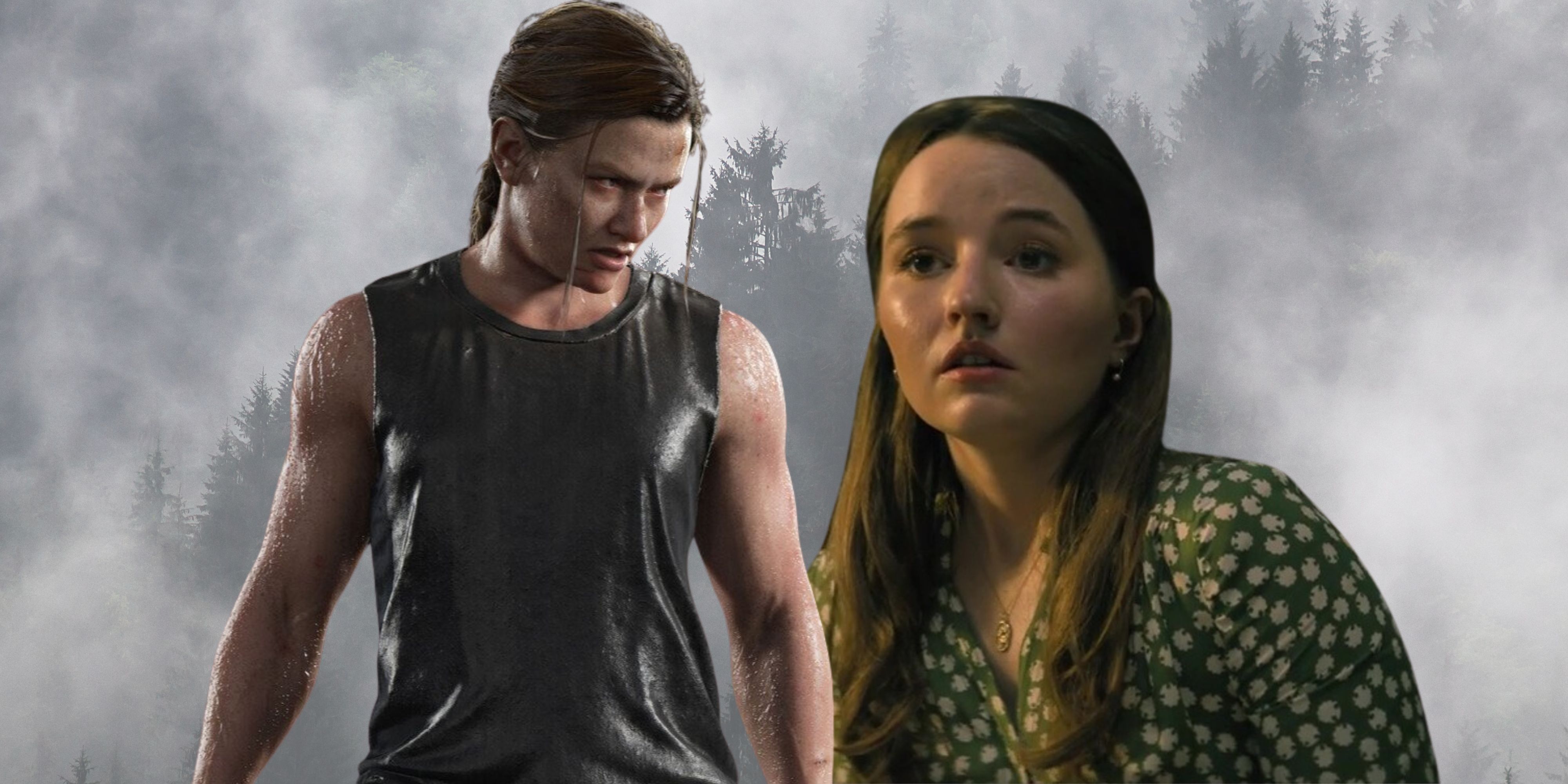
Next
Abby Isn’t Abby Without Her Muscles In The Last Of Us
Narratively, thematically, and visually, Abby’s muscles matter.
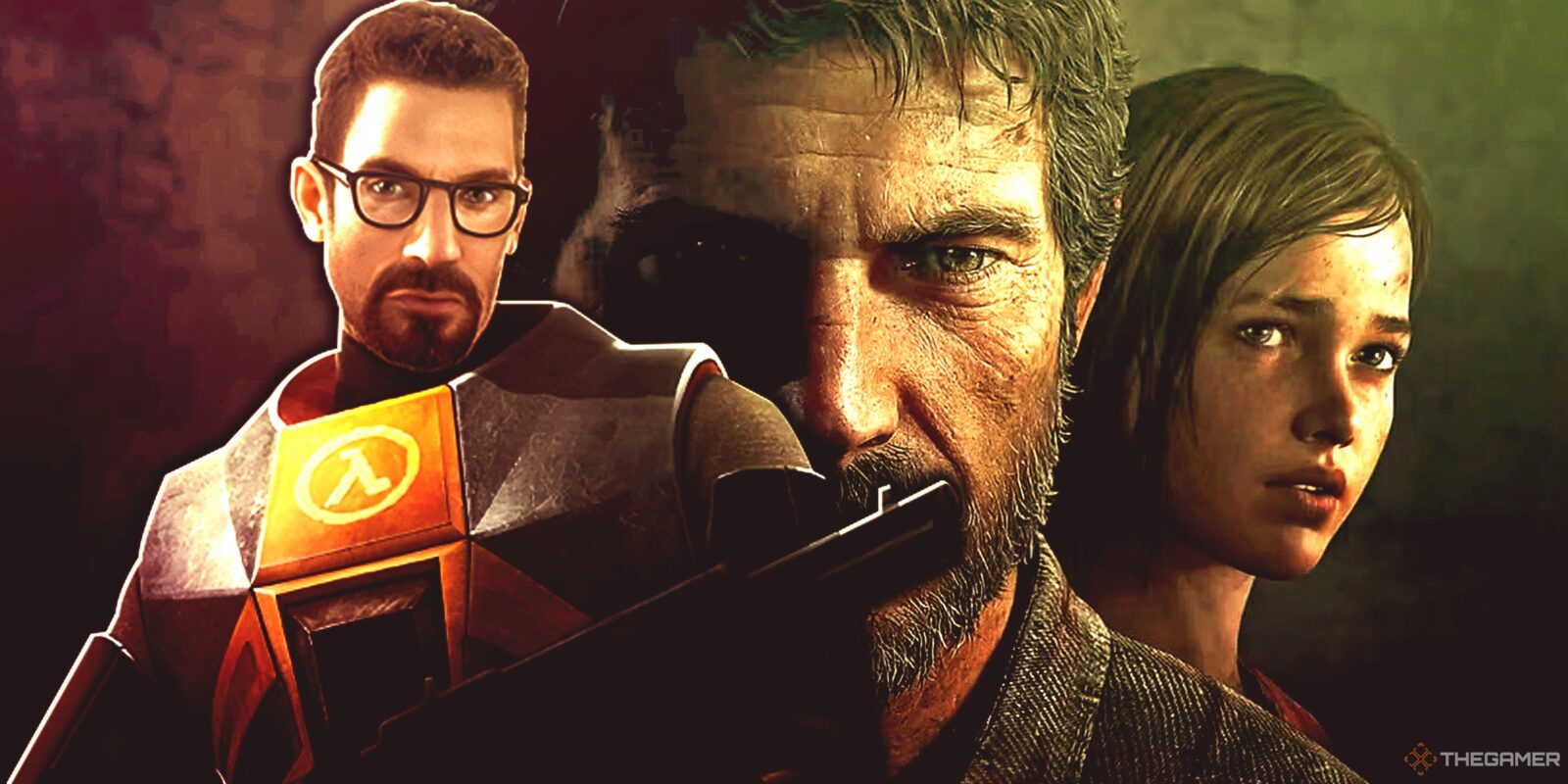

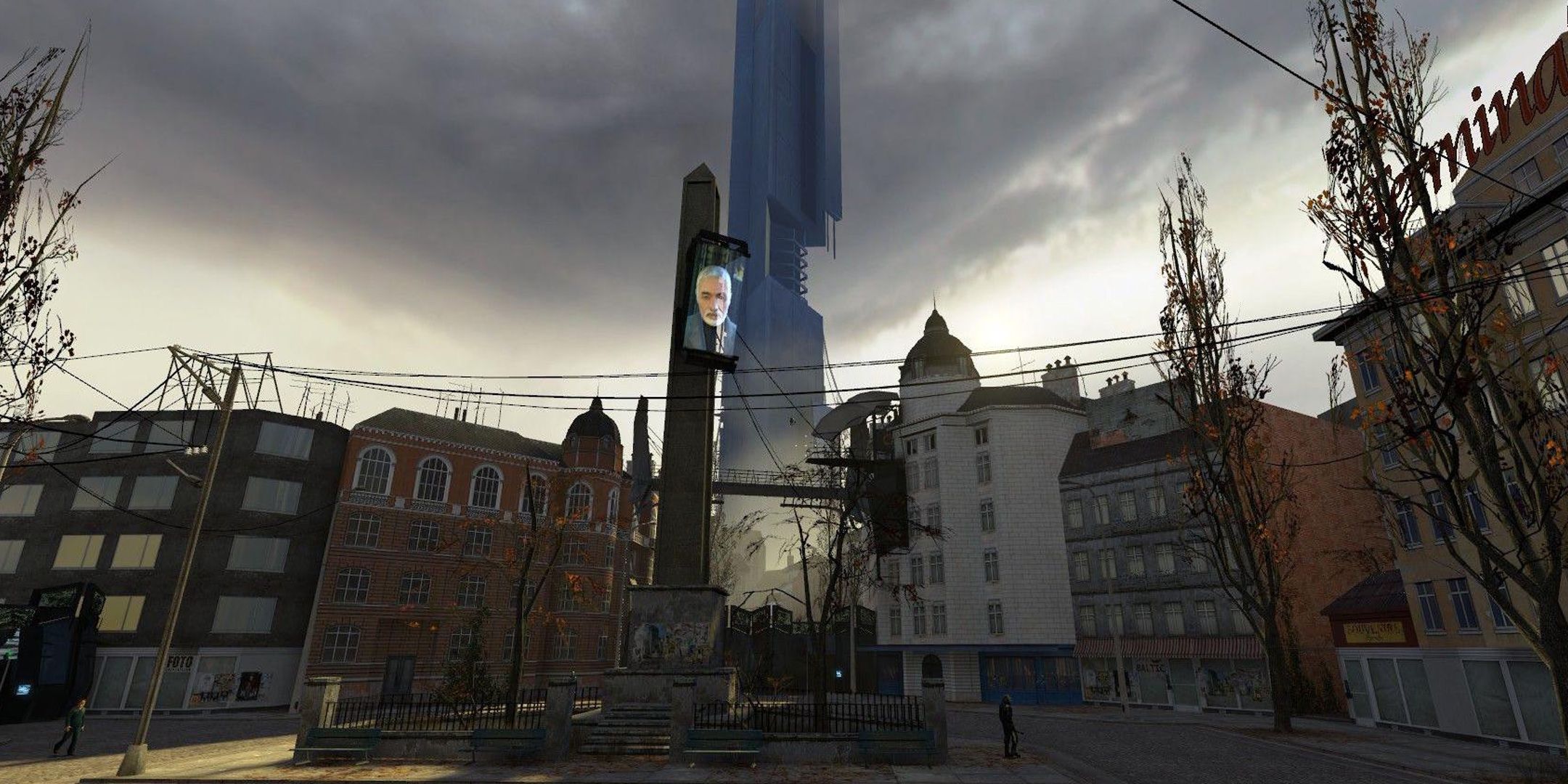
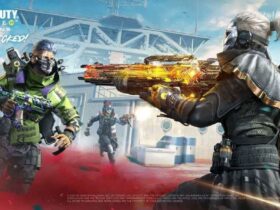

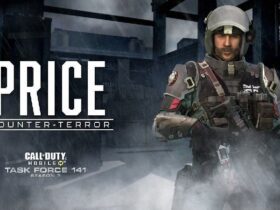




Leave a Reply